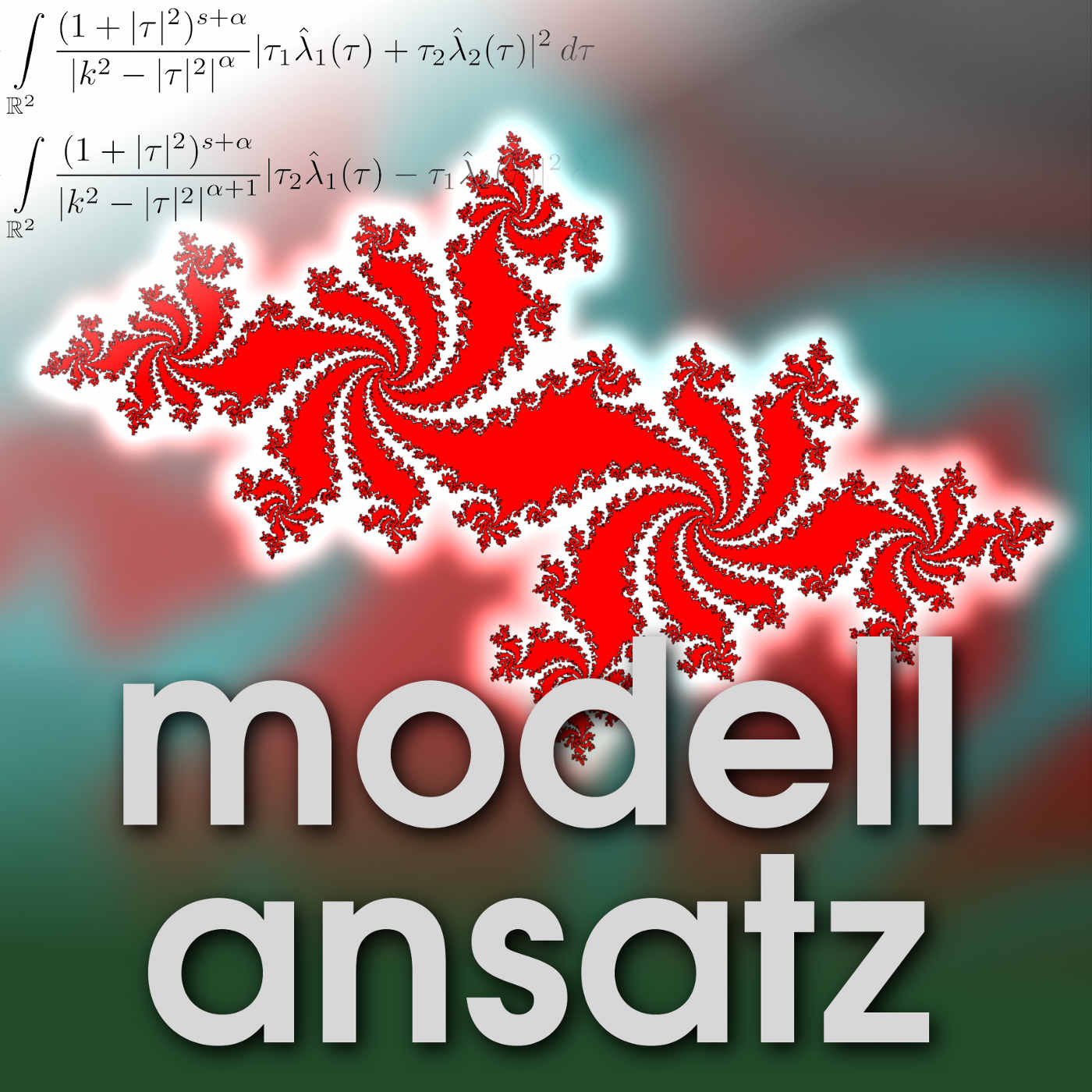Julia Sets

Pascal Kraft is a researcher at the Institute for Applied and Numerical Mathematics of the Karlsruhe Institute of Technology (KIT) and he introduces us to Julia Sets which he investigated for his Bachelors Thesis. It is natural for us to think something like this: If I take two simple things and put them together in some sense, nothing too complex should arise from that. A fascinating result of the work of mathematicians like Gaston Julia and Beno\xeet Mandelbrot dating back to the first half of the 20th century show that this assumption doesn't always hold. In his bachelor's thesis under supervision of Jan-Philipp Wei\xdf, Pascal Kraft worked on the efficient computation of Julia Sets. In laymans terms you can describe these sets as follows: Some electronic calculators have the functions of repeating the last action if you press "=" or "enter" multiple times. So if you used the root function of your calculator on a number and now you want the root of the result you simply press "=" again. Now imagine you had a function on your calculater that didn't only square the input but also added a certain value - say 0.5. Then you put in a number, apply this function and keep repeating it over and over again. Now you ask yourself if you keep pressing the "="-button if the result keeps on growing and tends to infinity or if it stays below some threshold indefinitely. Using real numbers this concept is somewhat boring but if we use complex numbers we find, that the results are astonishing. To use a more precise definition: for a function f(z), the Filled Julia Set is defined as the set of values z, for whom the series (f^n(z))_n stays bounded. The Julia Set is defined as the boundary of this set. A typical example for a suitable function f(z) in this context is f(z) = z^2 + c. We now look at the complex plane where the x-axis represents the real part of a complex number and the y-axis its imaginary part. For each point on this plane having a coordinate (x,y) we take the corresponding complex number z=x+iy and plug this value into our function f(z) and the results over and over again up to a certain degree until we see if this sequence diverges. Computing a graphical representation of such a Julia Set is a numerically costly task since we have no other way of determining its interior points other then trying out a large amount of starting points and seeing what happens after hundreds of iterations. The results, however, turn out to be surprising and worth the effort. The geometric representations - images - of filled Julia Sets turn out to be very aesthetically pleasing since they are no simple compositions of elementary shapes but rather consist of intricate shapes and patterns. The reason for these beautiful shapes lie in the nature of multiplication and addition on the complex plane: A multiplication can be a magnification and down-scaling, mirroring and rotation, whereas the complex addition is represented by a translation on the complex plane. (...)